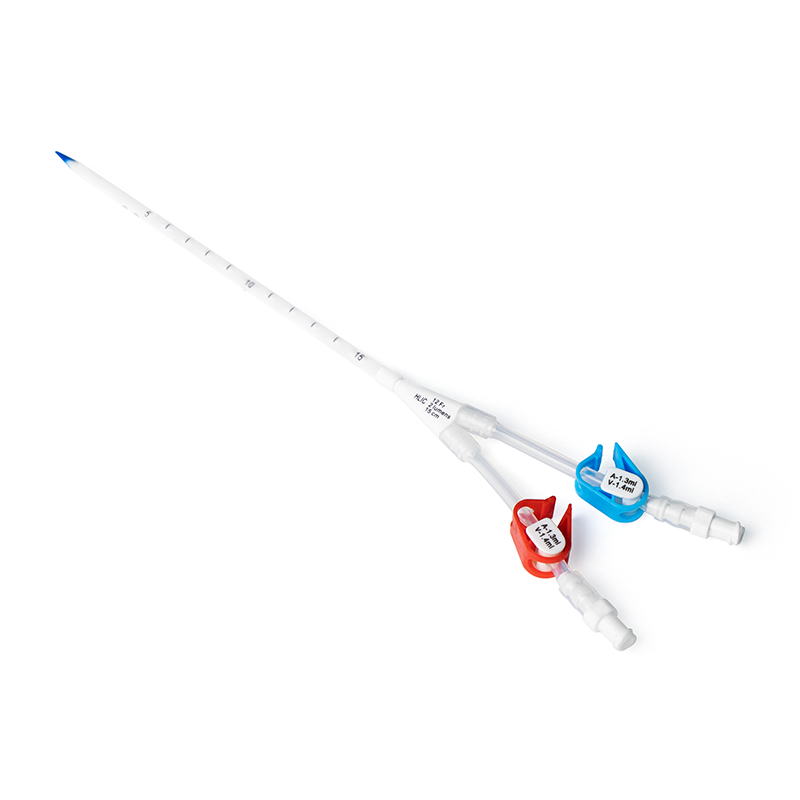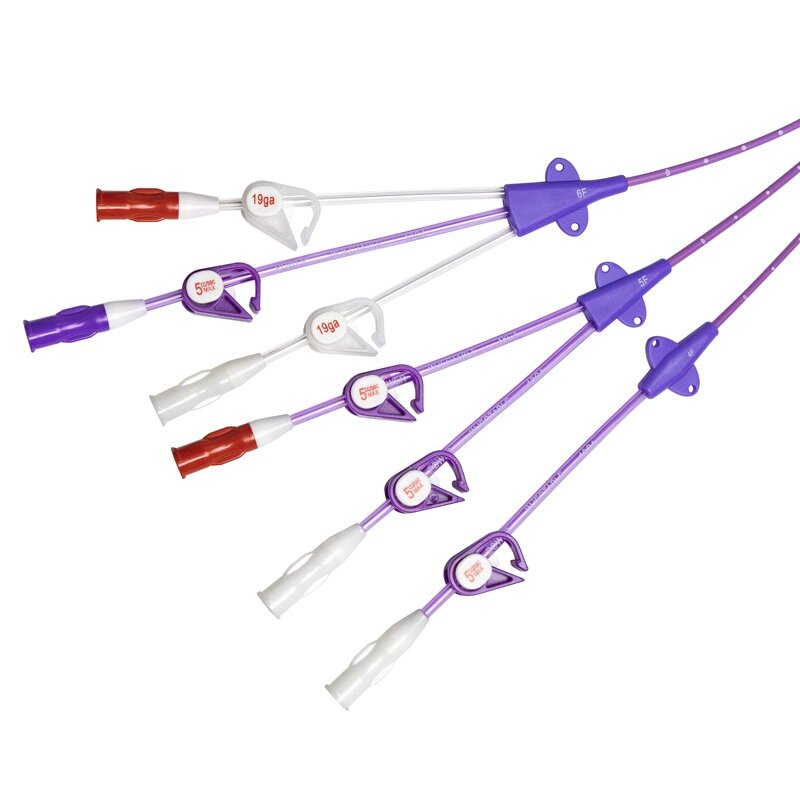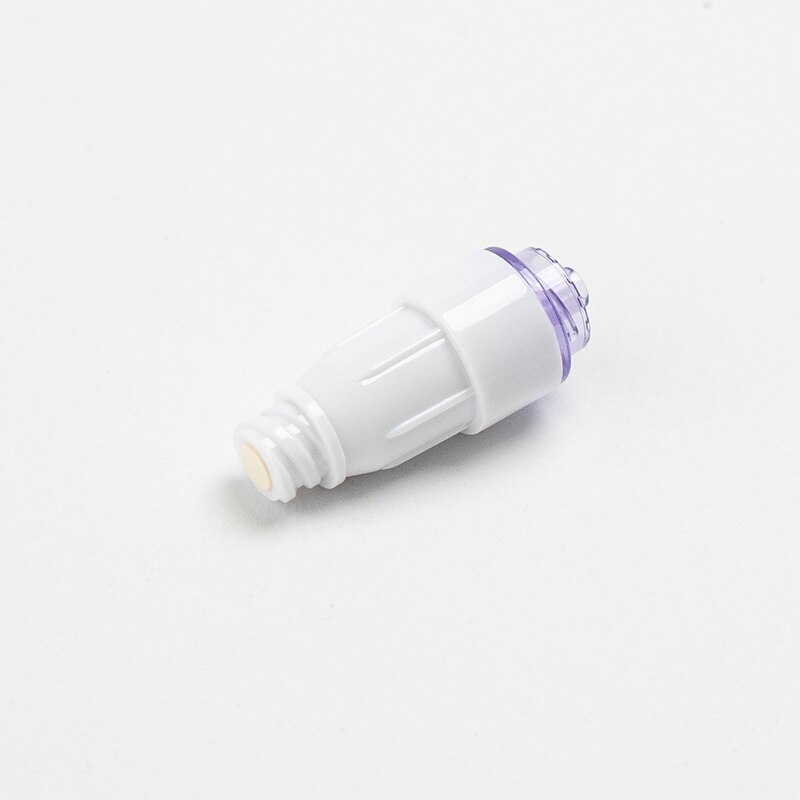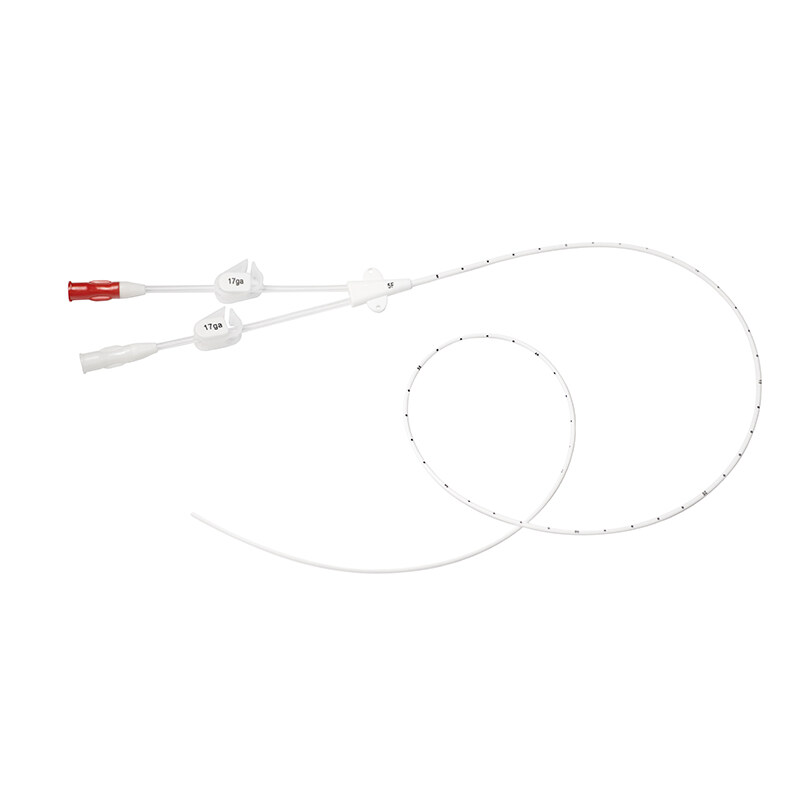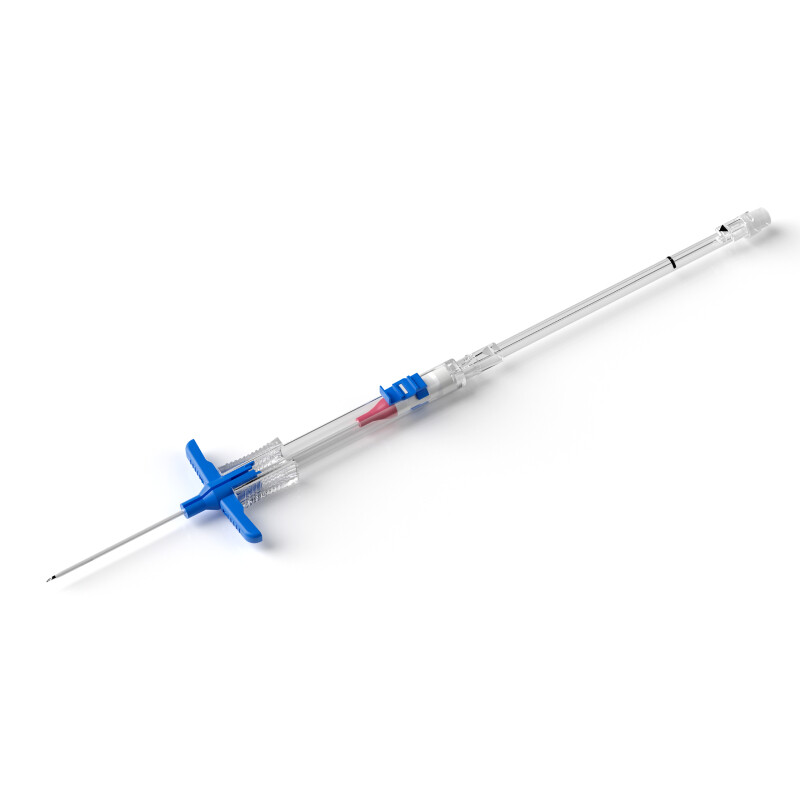By Haolang Medical 23-09-2021
Breast cancer is the most common tumor affecting women's health worldwide[1]. According to the 2018 National Cancer Registry, breast cancer is the leading incidence of malignant tumors in women, accounting for 16.51%, and is rising yearly.[2]
Triple-negative breast cancer (TNBC) is a highly invasive subtype of breast cancer with a poor prognosis.[3]
For TNBC patients who have relapsed after surgery, the main treatment is still systemic chemotherapy, an appropriate choice of intravenous infusion tool is the prerequisite for the completion of chemotherapy. For chemotherapy in breast cancer patients, the choice of PICC has become the majority consensus. However, in the actual clinical work, because of the different psychological and social background of patients, their responses to chemotherapy is also different.[4]
There was one patient:
Patient, female, 46 years old, 2 years after left breast cancer breast cancer.
Postoperative pathological diagnosis results showed: left breast-immersive catheterization cancer, no tumor metastasis in armpit lymph nodes, immunohistification: negative estrogen receptor (ER) ,negative progesterone receptor (PRO) , negative human epidermal growth factor receptor 2 (HERdel growth factor receptor, HER-2) , proliferation index Ki-67 <5%。
After surgery, 3 cycles of CAF (cyclophosphamide and dorobi star and fluorouracil) program are given to assist in chemotherapy.
The results of hospital pathology on August 2021 showed there was about a size of 1.7cm × 1.5cm upper quadrant lump in her left breast and concluded its left breast metastasis cancer.
GP chemotherapy regimens discussed: Gisitamine 1000mg/m2 add NS150ml intravenous drip, day1, day5; cisplatin 75mg /m2 add NS250ml intravenous drip, day1
3 weeks for 1 course, 3 consecutive treatments.

After the chemotherapy program confirmed, Xiao Hu made a infusion therapy assessment for the patient :
- peripheral vascular condition: there were 3-4 visible and touchable veins in the right upper limb , well elasticity;
- Skin condition:the skin is elastic, no inflammation, swelling or scarring.
- Patient situation: clear consciousness , well coordination, no history of thrombosis or vascular surgery.
Based on the patient's chemotherapy medication and treatment cycle, it is recommended that the patient choose PICC to complete 3 cycles of intravenous infusion
However, the patient rejected PICC admission for the first time. With a depth communication, we learned that the patient is a teacher working in an university, she hopes to be able to stand on the platform during the chemotherapy interval, it would bring her a lot of inconvenience when teaching once placed PICC.
After confirmed evaluation and repeated communication with the patient,she finally agreed to placed a 10cm mini-medium-length catheter in the right upper arm.
During the infusion process, we enhanced the monitoring the usage of mini-Midline catheter, we used 20 ml NS to punch tube between different drugs, and 20 ml NS punch every 6 hours while dressing with Hirudoid® to prevent inflammation on punctured vascular.
The patient has successfully completed 2 cycles of intravenous chemotherapy,there wasn’t any punctured blood vessels of redness, swelling, pain or other issues occurred, This therapy has been highly praised by patients.
Case contemplation
First of all, the patient should take a GP chemotherapy program, which requires 3 cycles (21 days/cycle) of intravenous chemotherapy, infusion drugs were gisitamine, cisplatin and hydrated glycol, 10% KCL, physiological saline, etc.Generally the PICC should be given to complete intravenous chemotherapy. In this case, however, the patient's psychosocial needs conflict with the choice of PICC admission, whether to insist on PICC or replaced with alternative depends on the feasibility and safety of alternatives
Midline catheter belongs to the peripheral intravenous infusion tool, is placed from basilic vein,cephalic vein,or brachial vein, the tip of the catheter position in the armpit, the length of the catheter placed is around 7.5-20cm. The basilic vein is a relatively thick, straight vein in the peripheral veins, its diameter reaches 8mm, with 95 ml/min of blood flow rate, quickly dilute the liquid, compared to the retention needle left in the shallow vein, the incidence of its venous inflammation is greatly reduced.
The 2021INS guidelines state[5]:the Midline catheters may not be used for a persistent therapy of infusions with foaming agents, gastrointestinal nutrition,high PH values or extreme osmotic liquids.But could be used for intermittent infusions of known strong stimulants and foaming agents with increased supervision of the catheter puncture site.
Analysis of the patient infusion of chemotherapy and its related hydration drug : Gisitamine, cisplatin are not foaming agent , hydrated liquid added 10% potassium chloride, but has been diluted 50 times, 20% glycol also does not belong to the category of persistent infusion drug.
The CDC notes that Midline catheters may be considered when there is no evidence of the usage of central venous catheters. Therefore, this case meets the requirements for using Midline catheter.
Second, patients were treated with infusions in hospital for 5 days each cycle, with a total of 15 days for 3 cycles. If she chose PICC, she had to take the PICC for at least 63 days, and once a week of catheter maintenance during infusion interval.Greatly impact the quality of life during patient's chemotherapy interval. But there was no impact on her life if chose Midline catheter admission, because the Midline catheter could be pulled out at each end of the therapy cycle.
Third, the total cost: the cost of one set of PICC catheter is much expensive than 3 sets of mini Midline catheters.
Case conclusion:
Through the analysis and thinking of this case, the central intravenous catheter is not the only choice for chemotherapy patients, what kind of infusion tool taken to complete the patient's treatment, still based on personalized evaluation. We should maintain the feasibility and advantages of Midline catheter as an alternative of central intravenous catheter (partial) and retention needle intravenous infusion.
Compared with the retention needle, the Midline catheter is a longer catheter, terminated in a larger peripheral vein, with a wider inner cavity, the reported incidence of venous inflammation is much lower[6], the retention time is 5-14days, longer than or equal to 15 days, depending on the patient's situation, the risk of extraction and exudation is lower[7].
By comparation with the central venous catheter, the related blood flow infection (CLABSIs) of Midline catheter is lower, and various studies have reported an infection rate is only 0%-0.9% in patients with Midline catheters,very close to peripheral venous retention needles[8]. This has led to the increasing attention of Midline catheters by professionals, and they pointed out that Midline catheters may be considered when there is no evidence of the usage of central venous catheters.
Therefore, the introduction of Midline catheters not only provides more alternatives for clinical infusions, also provides a feasible and reliable solution for patients' personalized care.
This case combined the patient's own medical history, vascular conditions, and personal will (psychosocial and social factors) , is a product of the assessment of the risk and personal benefit . We shared it here as a reference , whether it could be applied to all patients in similar drug treatment programs needs to be supported by more followed clinical research and data .
Bibliography:
- Anastasiadi Z.Lianos G D.Ignatiadou E,et al.Breast cancer in young women: an overview[J].U pdat Surg,2017,69(3):313-317.
- Li He,Zheng Rongshou,Zhang Siwei,etc.2014Analysis of breast cancer incidence and mortality in women in China, 2014[J].Chinese Journal of Oncology.2018.40(3):166-171
- Shao Zhimin,Shen Zhenzou,Xu Binhe.Breast Oncology[M]Shanghai: Fudan University Press,2013:72-75
- Whisenant M,Wong B,Mitchell S A,et al.Symptom trajectorise are associated with co-occurring symptoms during chemotherapy for breast cancer[J].J Pain Symptom Manage,2019,57(2):183-189.
- Infusion Nurse Society.Infusion therapy standards of practice[J].J infusion Nurs,2021,44(1S):S75-S76.
- Becerra MB,Shirley D,Safdar N.Prevalence,risk factors,and outcomes of idle intravenous catheters:an integrative review.Am J Infect Control 2016;44 e167-7
- Brunelli SM,Turenne W,SIBEL S,et al. Clinical and economic burden of bloodstream infections in critical care patients with central venous catheters.J Crit Care 2016;35:69-74
[8] Cardenas-Garcia J,Schaub KF,Belchikov YG,Narasimhan M,Koenig SJ,Mayo PH.Safety of peripheral intrvenous administration of vasoactive medication.J Hosp MD 2015,10(9)581-5

